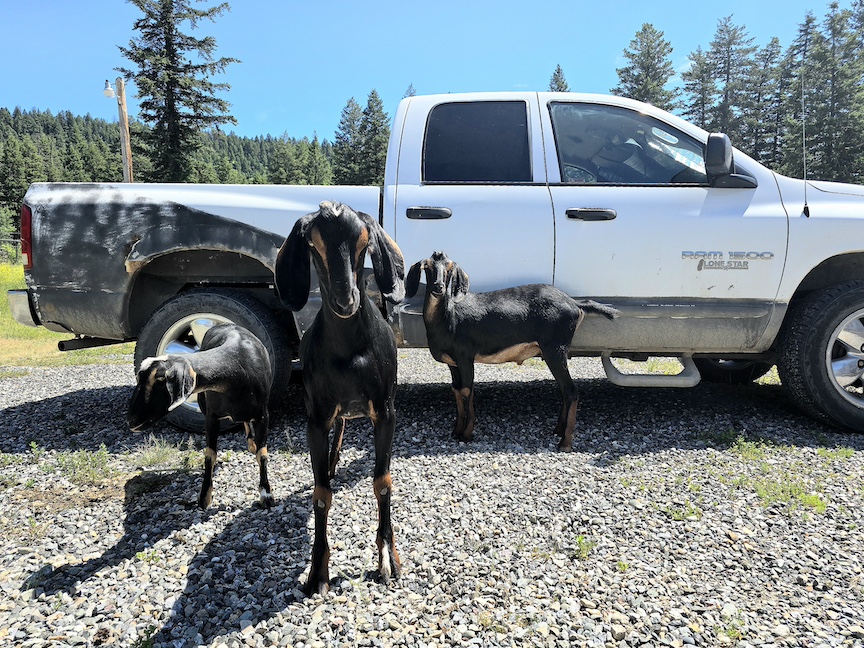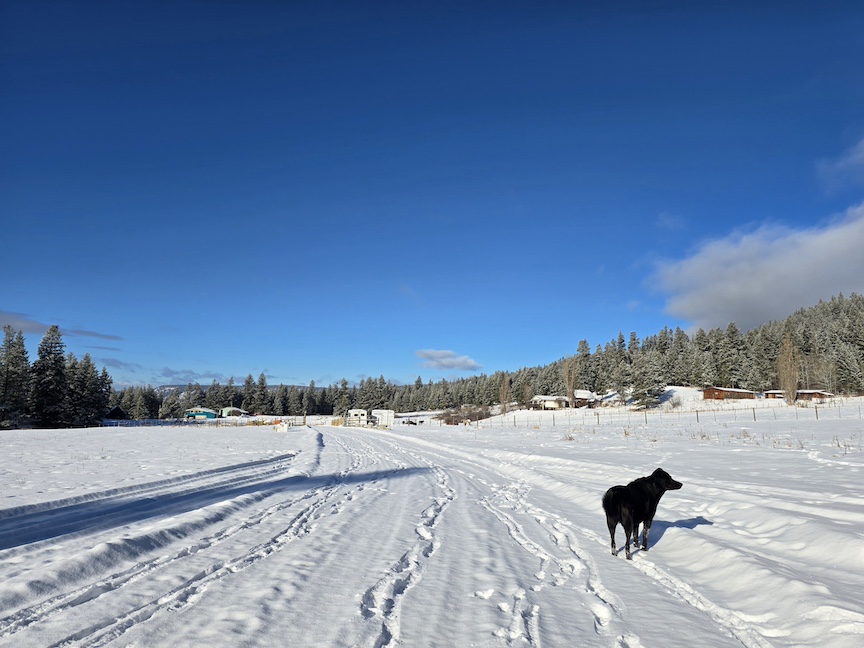Starring: Clint Eastwood, Billy Curtis, Geoffrey Lewis, Marianna Hill
Director: Clint Eastwood
Released: 1973
Mood: If someone you care about betrayed you and the only thing that can stop you from exacting revenge is watching a Western about a guy who gets a whole lot of violent revenge.
And I looked, and behold a pale horse: and his name that sat on him was Death, and Hell followed with him.
Revelation 6:8
Although I’d heard of it before, I became fully aware of High Plains Drifter when I noticed that it’s frequently called a “horror Western.”
Last October I spent a LOT of hours tracking down every horror Western I could get my hands on. During my research I read the plot of High Plains Drifter, and it didn’t sound like horror at all—especially when you consider that the ‘70s produced such terrifying classics as The Exorcist, The Texas Chainsaw Massacre, and Halloween.
Out of all the arguments I’ve found online that this movie IS a horror Western, these are the ones I can agree with:
- It has a sinister, supernatural character
- It has themes of violent revenge and psychological torment
- It’s about a town hiding a terrible secret
- It has a constant sense of unease
Personally, I think it’s a suspense Western with hints of black comedy and a supernatural twist. But what counts as horror seems to be incredibly subjective, and at the end of the day, it’s a good movie of whatever genre you want to call it.
This review is riddled with spoilers.

High Plains Drifter begins with a mysterious man (Clint Eastwood) seeming to materialize on a pale horse in the shimmering air of a desert. He gallops into the town of Lago and visits a saloon. Three gunmen harass him, then follow him to the barber where he easily kills them.
Then a pretty blonde woman named Callie (Marianna Hill) insults him, so he rapes her in the livery. The next day she appeals to the town council, all men of course, and they say that they can’t risk upsetting this man by charging him over “some hysterics.” This ALMOST put me off of the whole movie, because it’s way too much like the headline news right now. But it serves the plot well because it shows one of many ways the townspeople are corrupt.
The three gunmen had been hired by the town for protection, against three other guys who are about to get out of prison and have a REALLY good reason to want revenge. Now the council needs a new gunman, and naturally they want the guy who did the shooting.
The stranger accepts on the condition that he gets anything he wants the entire time he’s in town, then he delights in tormenting the people with outlandish requests. He replaces the mayor and the sheriff with a dwarf named Mordecai (Billy Curtis), he outfits himself and his horse in the finest gear, he kicks everyone out of the hotel including the owners so he can use it to shag various women, and he forces the wealthy councilmen to do seemingly crazy tasks while abusing their personal belongings.
Meanwhile, the stranger has a series of what the synopsis calls “dreams” but are obviously flashbacks, in which a man who looks an awful lot like him is whipped to death by the same three outlaws in the prison, while these same townsfolk watch.
Will the stranger actually help the town defend against the gunmen, or is he just torturing them before leaving them to – deservedly – face the consequences of being shitty people?
![]()
High Plains Drifter is Clint Eastwood in peak Clint-ness. He’s a dark, squinting stranger with no name, galloping across a desert landscape and into a town, doing a bunch of shooting, and then leaving. It’s exactly what you want from him. He handily delivers this character who is hell-bent on destroying the town, and having fun doing it.
However, my standout is Billy Curtis as Mordecai. He is absolutely brilliant in every single scene, like this clip from when he becomes the sheriff and mayor. He’s a fresh voice and personality for the genre, and evokes exactly the right balance of warmth and light for Eastwood’s grim character.
Most of the men among the town and the bad guys are also quite good in their roles. Mitchell Ryan and Walter Barnes are both highly memorable for their performances AND their fantastic moustaches.
And Marianna Hill shines in her scene with the councilmen. She gives her anger so many levels, all of them really believable.
![]()
The story is a pointed reflection of society’s dark side. The screenplay was inspired by the 1964 murder of Kitty Genovese, which multiple New Yorkers witnessed but did nothing to stop. It’s also an obvious reference to death on his pale horse – the stranger is the ghost of a man who was wrongfully murdered, he rides in on a grey horse, he brings death to a lot of people, and he literally repaints the town sign to read “Hell.”
High Plains Drifter was Eastwood’s first time directing a Western, and the opening scenes radiate his admiration for Sergio Leone.
His character is on camera for over seven minutes before he speaks. The score blends a steady background of high wind and over-emphasized sounds that immediately makes everything feel on-edge, and yes, lots of closeups on sweaty, grimy faces. The use of sounds to build tension, and the way a whole town wrongs one man, are also reminiscent of High Noon.
But you get to see the beginnings of Eastwood’s own keen directorial eye, especially in the whipping scenes. The lighting and angles in the cutaways to the townsfolk are sinister and dramatic, and unlike anything done by his previous directors. The man being whipped is Buddy Van Horn, who had been Eastwood’s stunt double for many years and was intentionally shown to make the viewer wonder, “is it the same guy or not?”
Universal Pictures wanted High Plains Drifter to be shot on a studio lot, but Eastwood had the town built in a desert in the California Sierras. Unlike many other town sets, he had the buildings built to be three-dimensional, so that they could also shoot the interior scenes on location. But he still completed the movie on time and under budget.
Apparently after the movie came out, Eastwood wrote John Wayne a letter suggesting that they collaborate on a movie. Wayne sent a scathing reply, criticizing High Plains Drifter for its Revisionist portrayal of the era. This didn’t faze Eastwood at all. He continued on his merry way making Revisionist Westerns like The Outlaw Josey Wales, Pale Rider, and my fave, Unforgiven – which is the third-highest grossing Western of all time.
Coincidentally, Wayne also hated High Noon.


